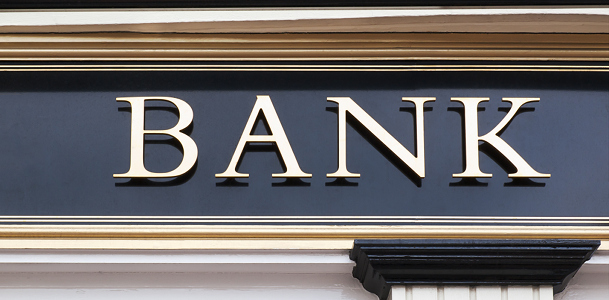How to Open a Checking Account

In today’s world, it is extremely important for many reasons to have a checking account. If you don’t have one yet, however, never fear, for it is quite simple to open one either online or through a local brick-and-mortar bank branch.
Read the Fine Print
Before opening a checking account online, be sure to read any fine print you see regarding account fees, account restrictions and requirements, as well as special promotional offers. Bank policy regarding such issues varies considerably from financial institution to financial institution, particularly among online institutions.
With the information available to you, make comparisons as necessary to arrive at the soundest decision. After all, you want to be 100 percent certain that you are receiving the most competitive and attractive checking account promotion online. Because some online financial institutions charge a one-time or recurring fee for new accounts, be sure to preview the fee schedule for the account and ask whether the checking account is subject to penalty fees.
Common penalty fees include ones for failing to meet minimum account requirements, such as maintaining a minimum balance, and insufficient funds fees for not having enough income to cover charges on the account.
The same advice goes for signing up at a local bank branch. Speak with a branch manager or account specialist who can assist you in reviewing the fine print. Bring a competitor bank’s advertised deal. You may be able to negotiate a lower monthly fee or obtain an added account feature – such as free check writing privileges – over the life of the account, free of charge.
The Signup Process
When signing up for an online account, you may be asked to input the city or zip code of the area in which you live or work. Once you input the requested information, the system should then direct you to an application page or provide further relevant information about opening a new checking account. Information to look for includes that regarding promotions, fees and other restrictions, which are always assigned by city or area.
The Application
Most checking account applications require you to submit basic information about yourself, including your Social Security number, as well as information about your employer and your income. Oftentimes, information about your employer and income are used to determine whether you need direct deposit or can afford a checking account with more advanced features.
Prepare the checking account application in its entirety and contact the financial institution if you have any questions. As part of the application, you’ll need to provide current home and work telephone numbers, as well as a current home address and email address. This information is taken in case the bank needs to alert you to any unauthorized activity on your account or needs to confirm your identity over the phone.
ATM Access
Because checking accounts provide you with a debit card, you will need to set up a username and password that only you know. Be aware of any fees for ATM withdrawals before signing up for your new checking account.
Keep the Bank Disclosure
Make sure you keep a copy of the terms and conditions of the checking account. You don’t want to be hit with hidden fees later on down the road.


